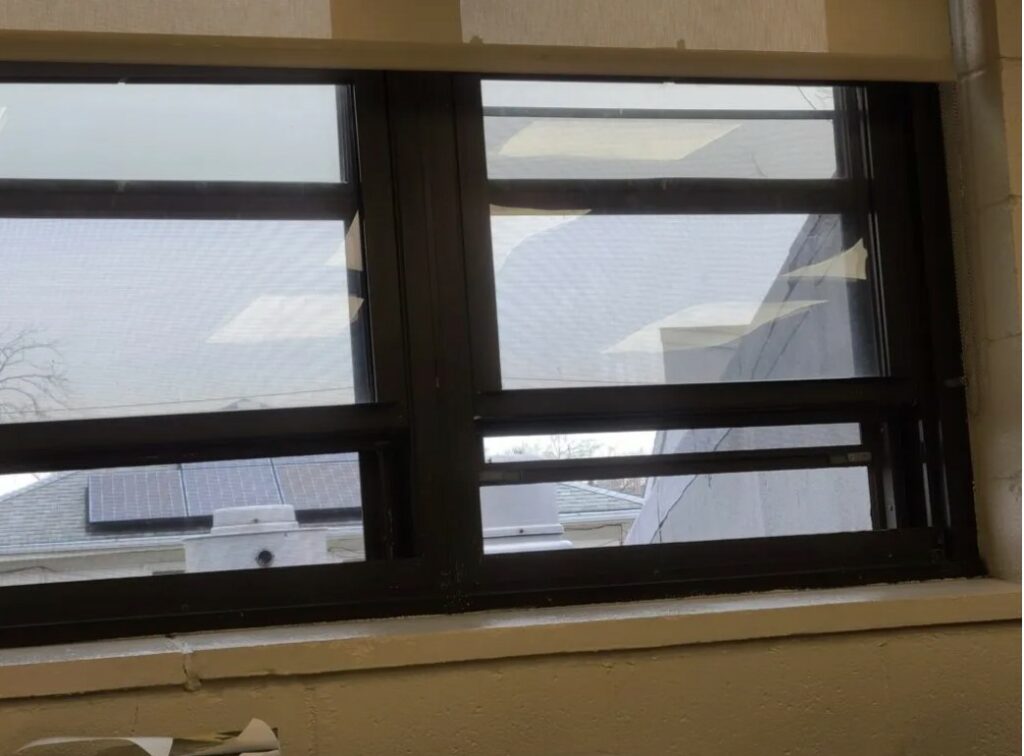by Rabbi Yair Hoffman for 5tjt.com
Two young women—by the initials of HM and AM—have been arguing over the same issue since they were in the third grade; they are now in high school.
HM always wanted the window open, even in the winter. AM wanted the window closed. “It is cold in the winter and the window should be closed!” she said. The majority of their Bais Yaakov class sided with … HM – to leave it open.
Both AM and HM posed the question, way back in the third grade, as to who was right. The morah gave an answer, based on the opinion of Rav Yisrael Salanter. But let’s start at the beginning.
The Mitzvah
The verse in Parashas Vaeschanan (Devarim 6:18), “V’asisa ha’yashar v’hatov—and you shall do that which is straight and good,” teaches us that we must take into account the opposing view whenever we embark upon a course of action. The Beis Yosef in Choshen Mishpat 103 uses this verse in this manner as normative halachah. It is a Torah mitzvah to approach things fairly.
Rav Salanter’s Opinion
Regarding shutting or opening the windows, Rav Yisrael Salanter zt”l ruled that during the winter, if someone wishes that the windows be shut, that opinion has preference.
On the other hand, during the summer, if someone wishes that the windows be open, then that opinion must be followed. In both cases this ruling applies even if the vast majority disagrees. Rav Salanter cited a proof to this ruling from the Mishnah in Pe’ah 4:1. The mitzvah of pe’ah is leaving a corner of one’s field from which the poor may glean.
The Mishnah states: “The corner of the field is given [to the poor] while [the plants and trees are still] connected to the ground. It is given from vines and palm trees, and the property owner goes down and collects and distributes them for the poor [because it may be dangerous for the poor people to climb]. Rabbi Shimon says: It is also given for smooth nut trees. Even if 99 [of the poor people] say to distribute and one says to leave it for the poor to take for themselves when they can, we listen to him because he spoke true halachah.”
The Halachah When Deviating From The Norm
We see from here that regarding deviating from the expected norm, the one poor person can force the other 99 to take the pe’ah for themselves and not have the owner do it for them.
Rav Chaim Kanievsky’s Opinion
Rav Chaim Kanievsky, zt’l, in his sefer on Mishnayos Pe’ah titled Sha’arei Emunah, disagrees with Rav Yisrael Salanter and holds that the view of the majority must still be followed. Rav Kanievsky brings a proof from the conclusion of the Chofetz Chaim himself in his Mishnah Berurah in 53:53.
The halachah under discussion deals with when one person does not wish for another to become a shliach tzibbur. The Agur and the Maharik (Shoresh 44) citing Rabbi Simcha both state that even one individual can prevent another from becoming a shliach tzibbur [if he had good reason according to the Rema and if he had not previously agreed to it]. The Shulchan Aruch codifies this view in O.C. 53:19.
The Mishnah Berurah’s Change
However, the Mishnah Berurah cites the view of the Acharonim that the law of the Shulchan Aruch was specifically in those days! Nowadays, however, due to the abundance of our sins, there are numerous people who are argumentative and confrontational. That being the reality, no one would agree on anything if we were to listen to the minority or to individual views! Therefore, the Mishnah Berurah concludes, we must follow the desire of the majority.
Rav Wosner’s View
Rav Shmuel HaLevi Wosner, zt’l (1914–2015), in Shevet HaLevi Vol. IX #298, also rules that the will of the majority must be followed in these cases.
Sefer Mishpetei HaTorah Vol. I #89 concurs with this view as well. Indeed, he even goes so far as to state that since cold weather is damaging in the winter to some, they are considered like an istenis—one who is particularly sensitive and simply cannot act any differently. He states that whoever is with the public during these times is there with this in mind. He must, therefore, acquiesce to the desires of the majority. He bases this on the view of the Shulchan Aruch and Rema in C.M. 155:39.
While the rule of the majority may apply to windows and fans, this is not necessarily the case regarding air-conditioner units. The Shevet HaLevi Vol. VIII #307 and Rav Meir Pinchasi in his Toras HaYeshiva (page 278) are of the view that air-conditioners are fundamentally different than windows and fans and one cannot say that the principle of istenis would apply regarding a modern-day air-conditioner.
When a section of the office, room, or shul is air-conditioned and the worker who is too cold has another option, it is obvious that he cannot force those who want it cooler to raise the temperature (see Shevet HaLevi Vol. IX #298).
Conclusions
So do we follow Rav Chaim Kanievsky’s proof from the Chofetz Chaim or do we go with Rav Yisrael Salanter’s original proof? Most of our institutions pretty much follow the rulings of the Mishnah Berurah. One must, however, seek the guidance of the mosad’s posek or the local mara d’asra.
Let’s also keep in mind that while there may be halachic parameters as to whose view gets precedence, there is another Torah mitzvah in compromising. Taking that approach in life will ensure that shalom will reign in our midst. May we all have a healthy winter.
The author can be reached at [email protected].
A single mom who lost her husband needs to marry off her daughter. If you can help please click here.











